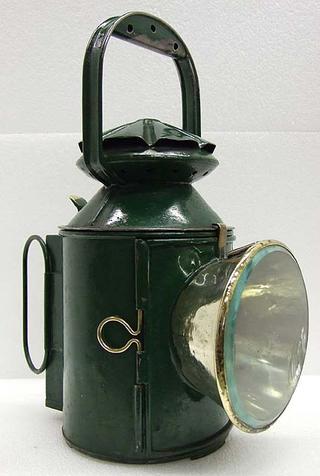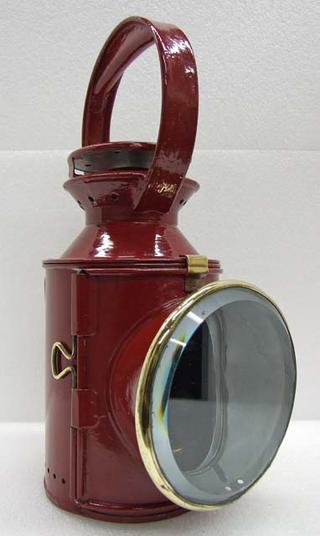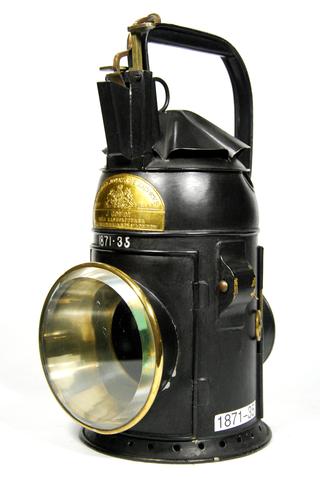
Wagon works diagram, Manufacturers explanatory illustration. Metal forgings mounted on wood, showing manufacture of wagon axle guides
Traditional wooden framed railway wagons were braced and re-inforced with metal. In particular axles and wheels were held in place by W-shaped brackets. The panel shows how the brackets were hot-forged from a single steel bar.
The bracket which carried the axle box or bearing at each of the four corners of a railway wagon was known as a W-iron. The W-iron bracket allowed up-and-down movement of the axle box (controlled by springs) but prevented side-to-side and back-and-forward movements of the axles and wheels.
W-irons had to be very strong so were shaped in four stages from hot metal - originally wrought iron and then, as in this example, steel. Shaping the hot metal in this way avoided waste of material and gave greater strength.
Details
- Object Number:
- 1986-7001
- Materials:
- steel (metal), wood (unidentified) and paint
- Measurements:
-
overall: 1219 mm x 3239 mm x 89 mm,
- type:
- diagram
- credit:
- British Rail, Shildon




